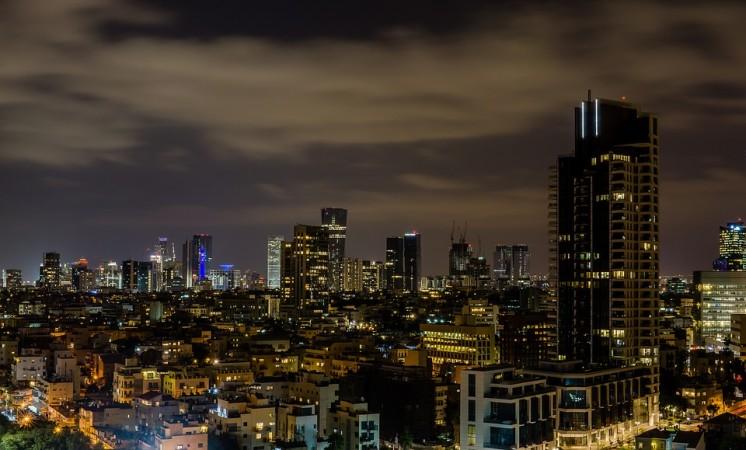
With the rapid growth of technology, artificial lighting has become an integral part of our lives. This trend, which is increasing day by day, is considered to be worrisome, according to a recent study. The growing light pollution will harm the environment and human health, scientists have warned.
A study has revealed that the first-ever calibrated satellite radiometer designed for night lights show that from 2012 to 2016, Earth's artificially lit outdoor area grew 2.2 percent per year, with a total radiance growth of 1.8 percent per year.
This is erasing the difference between night and day, decreasing the darkness of our planet which will have negative impacts on flora, fauna, as well as human beings.
According to the recent research led by Christopher Kyba of the German Research Centre for Geosciences, many developing countries of Asia, Africa, and South America have artificial lighting much above the global average. Even in developed countries, there was an increase in artificial lighting despite some regional efforts to decrease it.
Only in some countries like Yemen and Syria was there a decrease in artificial lighting.
Study co-author Franz Holker -- a scientist at the Leibniz-Institute of Freshwater Ecology and Inland Fisheries in Berlin -- said: "The biological world is organised to a large extent, by natural cycles of variation in light and this variation triggers a wide range of processes, from gene expression to ecosystem functions."
Kyba and his team got the results by using the Visible Infrared Imaging RadiometerSuits (VIIRS).
Kyba told CNN:"I was very surprised by the result of the study, particularly in wealthy well-lit countries like the US. When we switch from a sodium lamp to a white LED, what we observe is a decrease in the total amount of light that the satellite can see. But what we saw instead of the US was basically a constant amount of light; new lights were added in other places."
The researchers mentioned that light pollution poses a threat to 30 percent of vertebrates and more than 60 percent of invertebrates that are nocturnal, including plants, microorganisms and human health.
In fact, in August, a Harvard study found there's an increased risk of breast cancer in women living in places with higher outdoor lighting.
The study was published in Science Advances.















